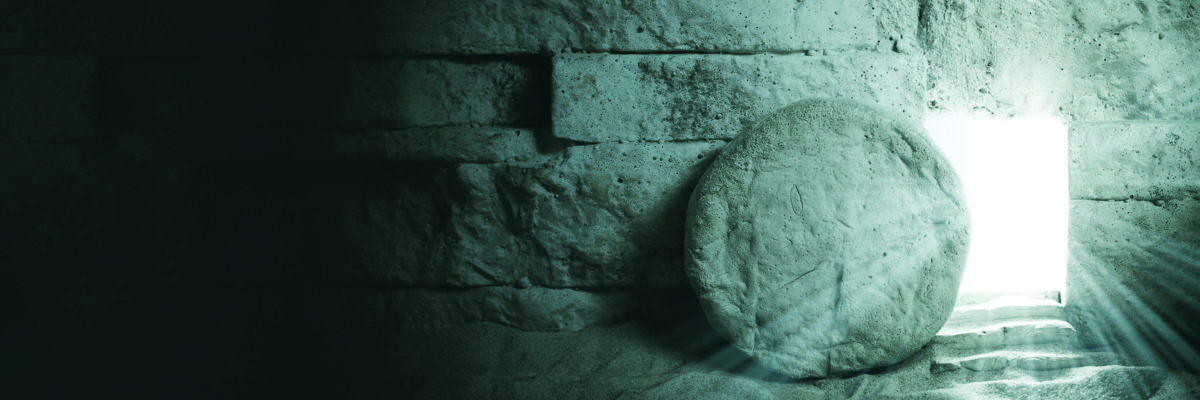
DAY 207
CHALLENGE
“Why can’t we explain the Resurrection by saying that the disciples simply went to the wrong tomb—a tomb that was empty?”
DEFENSE
There are multiple problems with this hypothesis.
First, the Gospels indicate the women who visited the tomb were also eyewitnesses of the burial, and even name the women involved (Matt. 27:61; Mark 15:47; cf. Matt. 28:1, Mark 16:1). The women thus knew where Jesus was buried.
Second, the tomb’s location was publicly known. It was in the place where Jesus was crucified (John 19:41–42), so the women merely had to return to the site of the Crucifixion.
Third, the owner of the tomb was known. It was Joseph of Ari- mathea, who had also performed the burial (Matt. 27:57–60; Mark 15:43–46; Luke 23:50–53; John 19:38–42). If there had been any doubt about the matter, it would have been dispelled by consulting with him.
Fourth, Matthew indicates a guard was placed on the tomb (Matt. 27:62–66), who also served to mark the spot.
Fifth, the wrong-tomb hypothesis at most explains how the disciples could have innocently thought Jesus’ tomb was empty on the morning of the Resurrection. However, it implies Jesus’ body remained in his own tomb, and once the disciples began proclaiming the Resurrection, the Jewish authorities would simply have gone to the correct tomb—performing a search of recent burials if necessary—and produced Jesus’ corpse.
Sixth, this hypothesis does not explain why the disciples would have thought Jesus was resurrected. The disciples were not expecting a resurrection to happen in their own time. They viewed the resurrection of the dead as something that was to happen on the last day (John 6:39–40, 11:24).
Seventh, the Gospels record that when the disciples found the tomb empty they did not leap to the conclusion that Jesus had been resurrected. The first interpretation was that someone had moved Jesus’ body (John 20:2–13), which was how a Jew who believed in a last-day resurrection would interpret the discovery.
Eighth, the wrong-tomb hypothesis does nothing to explain how the apostles could have innocently thought they saw Jesus alive after the Crucifixion. If Jesus’ body was still lying in his tomb, why did the disciples claim to see him, hold conversations with him, and physically interact with him?



